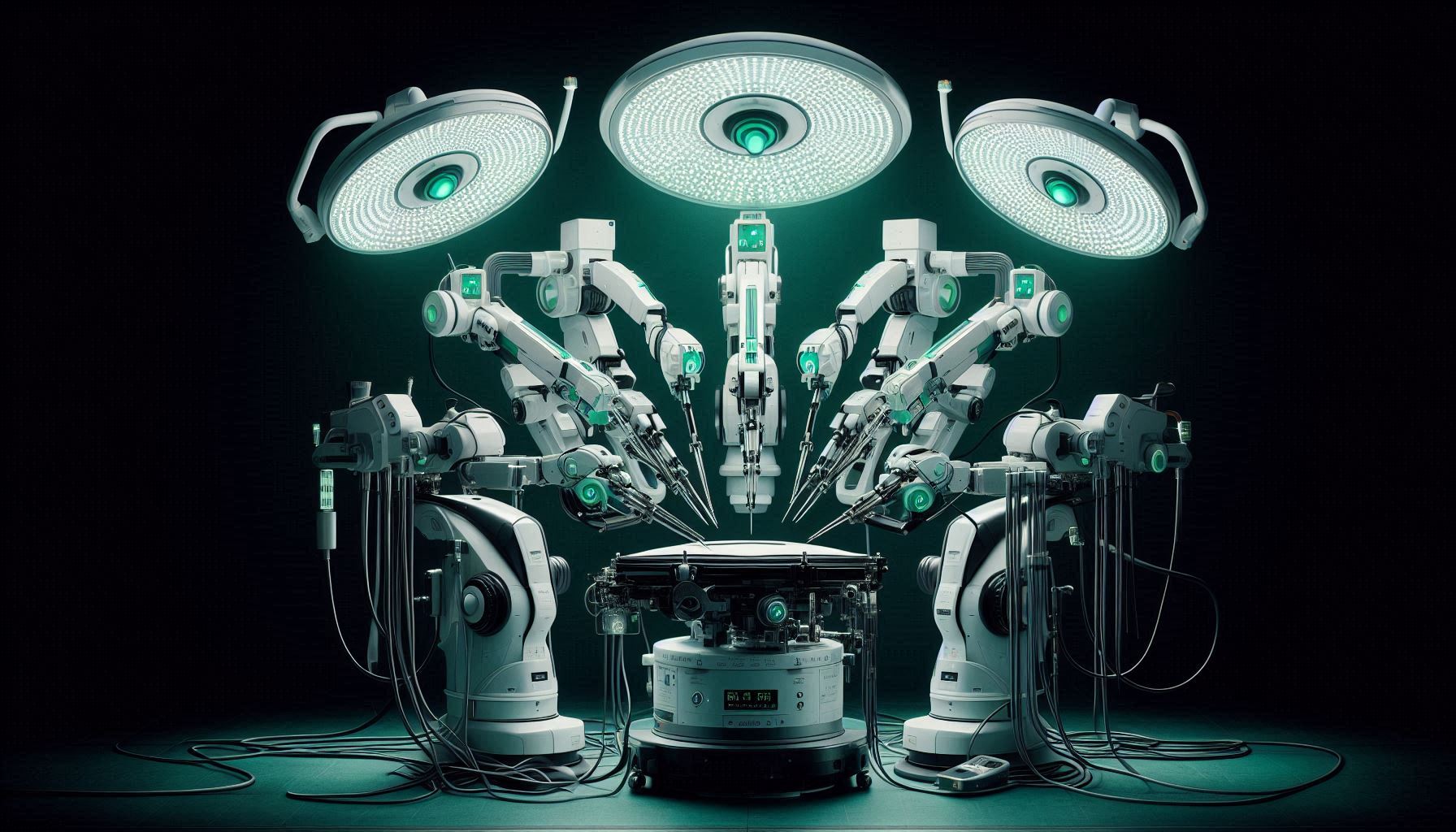NEXTGENESIS (therapy)

The NEXTGENESIS project aims to revolutionize intraoperative cancer diagnostics and therapy using the SpiderMass technology. It builds upon previous developments to:
- Conduct the first-in-human clinical trial using SpiderMass.
- Extend SpiderMass capabilities into photodynamic therapy (IROSMASS) and minimally invasive surgery (MAESTRO).
NEXTGENESIS extends SpiderMass technology beyond diagnostics into therapeutic and surgical applications.
IROSMASS pioneers a novel, photosensitizer-free ROS-based cancer treatment.
MAESTRO introduces a soft robotic system with AI-driven real-time molecular imaging, enabling minimally invasive, autonomous cancer surgery.
By integrating real-time molecular imaging, robotics, and AI, NEXTGENESIS represents a paradigm shift in surgical oncology, paving the way for more precise, efficient, and safer cancer treatments.
Key Research Axes
Clinical Trials with SpiderMass (MESSIDORE & RHU SpiderMass)
Surgical oncology relies on precise tumor margin identification to ensure complete cancer removal while preserving healthy tissue. Current intraoperative techniques, such as frozen section analysis, are time-consuming and may lack real-time precision. SpiderMass, a novel real-time mass spectrometry-based technology, offers a non-destructive approach to intraoperative molecular tissue analysis. The NEXTGENESIS project aims to validate SpiderMass in a clinical setting, particularly for sarcoma and ovarian cancer surgeries.
Key Objectives
- Validate SpiderMass technology in a clinical setting for cancer surgery.
- Conduct a first-in-human trial to assess real-time intraoperative tumor margin delineation.
- Compare SpiderMass results to the gold standard (extemporaneous examination).
- Demonstrate the feasibility of integrating SpiderMass into the operating room.
Innovations and Progress
- Prototype Installation: A SpiderMass prototype will be installed at CLCC COL to perform ex vivo intraoperative tissue assessment.
- Clinical Validation in Sarcoma Surgery: The MESSIDORE project will compare SpiderMass vs. standard pathology to ensure equal or superior accuracy.
- Integration into Surgery: After ex vivo validation, the SpiderMass prototype will be moved into the operating room for a first-in-human trial.
- Expansion to Ovarian Cancer: As part of the RHU SpiderMass project, the technology will also be evaluated for ovarian cancer surgery.
IROSMASS – Direct PhotoActivation (DPA) for Cancer Therapy
Conventional cancer therapies often suffer from off-target toxicity and resistance mechanisms. Photodynamic Therapy (PDT) has shown promise but requires photosensitizers that limit its applicability. The IROSMASS project proposes an innovative Direct PhotoActivation (DPA) therapy, where a 765 nm laser generates Reactive Oxygen Species (ROS) directly within tumor cells, inducing targeted cell death. This novel approach aims to offer a safer and more effective cancer treatment, particularly in combination with immune-based therapies like CAR-MAC therapy.
Key Objectives
- Develop a Direct PhotoActivation (DPA) therapy using 765 nm light to generate Reactive Oxygen Species (ROS) and induce cancer cell death.
- Validate the safety and effectiveness of this approach in tumor cells vs. healthy tissues.
- Integrate IROSMASS with SpiderMass technology for real-time assessment of cancer therapy effectiveness.
- Combine IROSMASS with CAR-MAC therapy for a dual therapeutic approach.
Innovations and Progress
- Development of 765 nm DPA Therapy: Unlike traditional Photodynamic Therapy (PDT), IROSMASS will use direct laser activation without a photosensitizer.Preclinical Validation Pipeline:
- Cellular models: Breast cancer cell lines and primary macrophages.
- Spheroid and organoid models: Tumor-macrophage co-cultures to test selective cytotoxicity.
- Mouse models: Triple-negative breast cancer models to validate in vivo effectiveness.
- AI-based Molecular Profiling: Machine learning models will classify molecular changes before and after 765 nm irradiation to assess therapy effectiveness.
Integration with CAR-MAC Therapy: Combining IROSMASS with engineered macrophage-based therapy to enhance tumor killing while preserving immune cells.
MAESTRO – Soft Robotics for Minimally Invasive Surgery
Minimally invasive surgery (MIS) has revolutionized surgical procedures by reducing trauma, recovery time, and post-operative complications. However, current robotic systems lack the flexibility and real-time molecular imaging capabilities needed for precise tumor resection. The MAESTRO project aims to develop an innovative soft robotic system (SR) designed for endoscopic and laparoscopic procedures, integrating real-time molecular imaging (SpiderMass MSI), AI-driven guidance, and augmented reality (AR) for enhanced surgical decision-making. By combining soft robotics with molecular imaging, MAESTRO will significantly improve the accuracy and safety of tumor resection.
Key Objectives
- Develop a soft robotic system (SR) optimized for endoscopic and laparoscopic procedures.
- Integrate real-time molecular imaging (SpiderMass MSI) into the soft robot for intraoperative cancer diagnostics.
- Implement AI-driven guidance for precise tumor detection and resection.
- Enhance surgical decision-making with Augmented Reality (AR) navigation and digital twins.
Innovations and Progress
- Soft Robotic System Development:
- Collaboration with Inria-DEFROST to develop a silicone-based flexible robotic system.
- Compatibility with laparoscopy, endoscopy, and colonoscopy for minimally invasive procedures.
- AI-Guided Molecular Imaging:
- SpiderMass MSI will provide real-time molecular analysis of tissues during surgery.
- AI models (ANR DEADPOOL project) will classify tumor margins for improved surgical precision.
- Augmented Reality Integration:
- Digital twin technology will create a 3D map of tumor margins using SpiderMass data.
- Instant feedback will guide surgeons in real-time tumor removal.
- Autonomous Navigation and Decision Support:
- The robotic system will allow for precise, non-contact molecular imaging.
- AI-driven electromagnetic navigation will help the system identify suspect regions for further analysis.